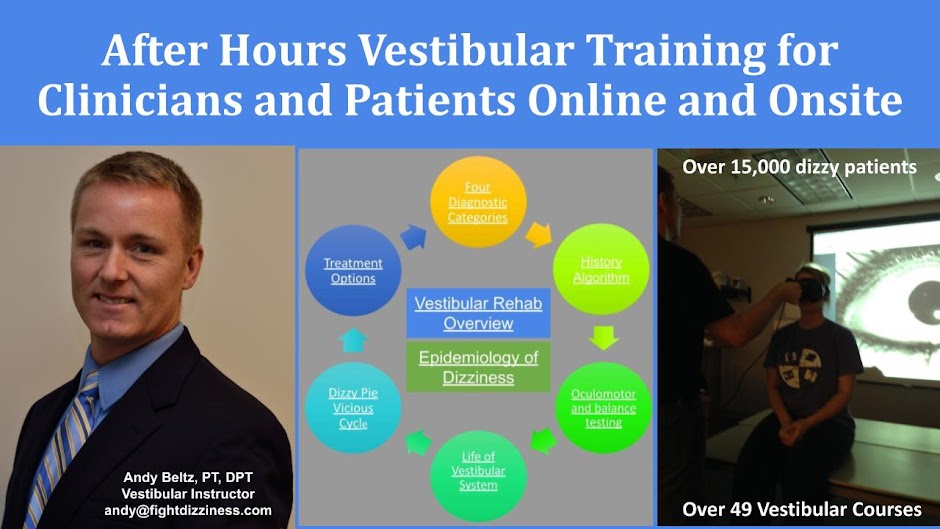Brain imaging results and function do not always correlate with one another. For instance, I will never forget working with a four year old many years ago. He did not want to lie down because he was dizzy. He demonstrated typical BPPV nystagmus, but I knew this was not likely for his age. His positional vertigo went away in about three to four days. He went on to have fevers and periods of ataxia that would resolve. His speech and cognition would sometimes seem sluggish and delayed. After months of testing, he was found to have a very rare spinal cord and brain tumor that affected his cerebral spinal fluid. He was eventually diagnosed with a low grade glioma that is classified as a juvenile pilocytic astrocytoma. He had two cystic tumors removed- one from the cerebellum and one from the spine.
We realized that he was amazing at compensating. His brain was phenomenally plastic. Imaging would reveal significant hydrocephalus with his tumors. However, through our time in trying to figure out what was wrong, his symptoms would improve and he would “return to normal.” We realized that his brain would compensate. His tumors and hydrocephalus developed slowly enough that his brain would adapt.
While imaging can sometimes reveal a problem that our body can adapt to hide, sometimes our body can reveal a problem that imaging is not sensitive enough to find. This occurs with acute brainstem strokes. When it comes to brainstem strokes, remember 20/20/30.
I had a 45 year old gentleman who had been to the ED because of vertigo. His CT was normal and he was told he had BPPV and referred to me. I saw him five days later. He described his spells as untriggered and lasting 15-30 minutes. Spells seemed to be about two to three days apart meaning he could go a few days with no dizziness at all. While he sat in my exam room, he said, “here it comes.” He proceeded to have an attack of spinning and vomiting. As I looked in his eyes, I noted direction changing nystagmus. Since this was central sign and his history was not at all consistent with BPPV, I sent him to the ED where he progressed to have a cerebellar stroke. He was having TIAs that the CT scans were not sensitive enough to find.
What occurred to this gentleman was not uncommon. 20% of strokes occur in the cerebellum/brainstem and only have isolated vertigo as symptoms 20% of the time. As a result, these kinds of strokes are missed about 30% of the time(1). One major reason is that CT scans have 16% sensitivity (2) and diffusion weighted imaging-magnetic resonance imaging performed within 24 hours from symptom onset miss about 20% of acute posterior fossa infarctions(3). The good news is that there is an alternative and we can help these individuals find help faster using the HINTS+ battery of bedside tests. A positive HINTS+ test exam of a client in Acute Vestibular Syndrome (Head impulse normal bilaterally, central appearing direction changing nystagmus, a skew deviation, and new hearing loss), is reported to suggest central pathology and have 99.9% sensitivity and 97% specificity in detecting posterior circulation infarcts(4). I will never forget 20/20/30.
References
- Venhovens J, Meulstee J, Verhagen WI. Acute vestibular syndrome: a critical review and diagnostic algorithm concerning the clinical differentiation of peripheral versus central aetiologies in the emergency department. J Neurol. 2016;263(11):2151-2157.
- Kattah JC, Talkad AV, Wang DZ, Hsieh YH, Newman-Toker DE. HINTS to diagnose stroke in the acute vestibular syndrome: three-step bedside oculomotor examination more sensitive than early MRI diffusion-weighted imaging. Stroke. 2009;40(11):3504-3510.
- Newman-Toker DE. Missed stroke in acute vertigo and dizziness: It is time for action, not debate. Ann Neurol. 2016;79(1):27-31.
- Newman-Toker DE, Kerber KA, Hsieh YH, et al. HINTS outperforms ABCD2 to screen for stroke in acute continuous vertigo and dizziness. Acad Emerg Med. 2013;20(10):986-996.
